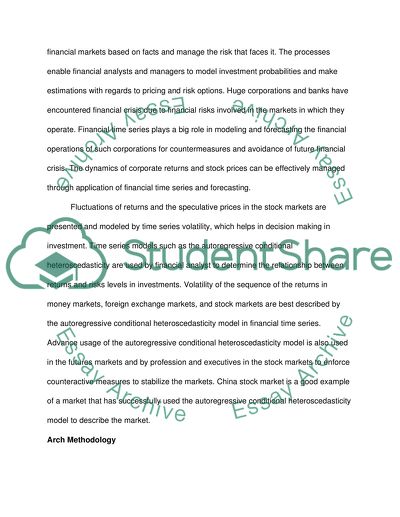Cite this document
(“Financial Time series including ARCH-Garch models Research Paper”, n.d.)
Retrieved de https://studentshare.org/mathematics/1391407-financial-time-series-including-arch-garch-models
Retrieved de https://studentshare.org/mathematics/1391407-financial-time-series-including-arch-garch-models
(Financial Time Series Including ARCH-Garch Models Research Paper)
https://studentshare.org/mathematics/1391407-financial-time-series-including-arch-garch-models.
https://studentshare.org/mathematics/1391407-financial-time-series-including-arch-garch-models.
“Financial Time Series Including ARCH-Garch Models Research Paper”, n.d. https://studentshare.org/mathematics/1391407-financial-time-series-including-arch-garch-models.


